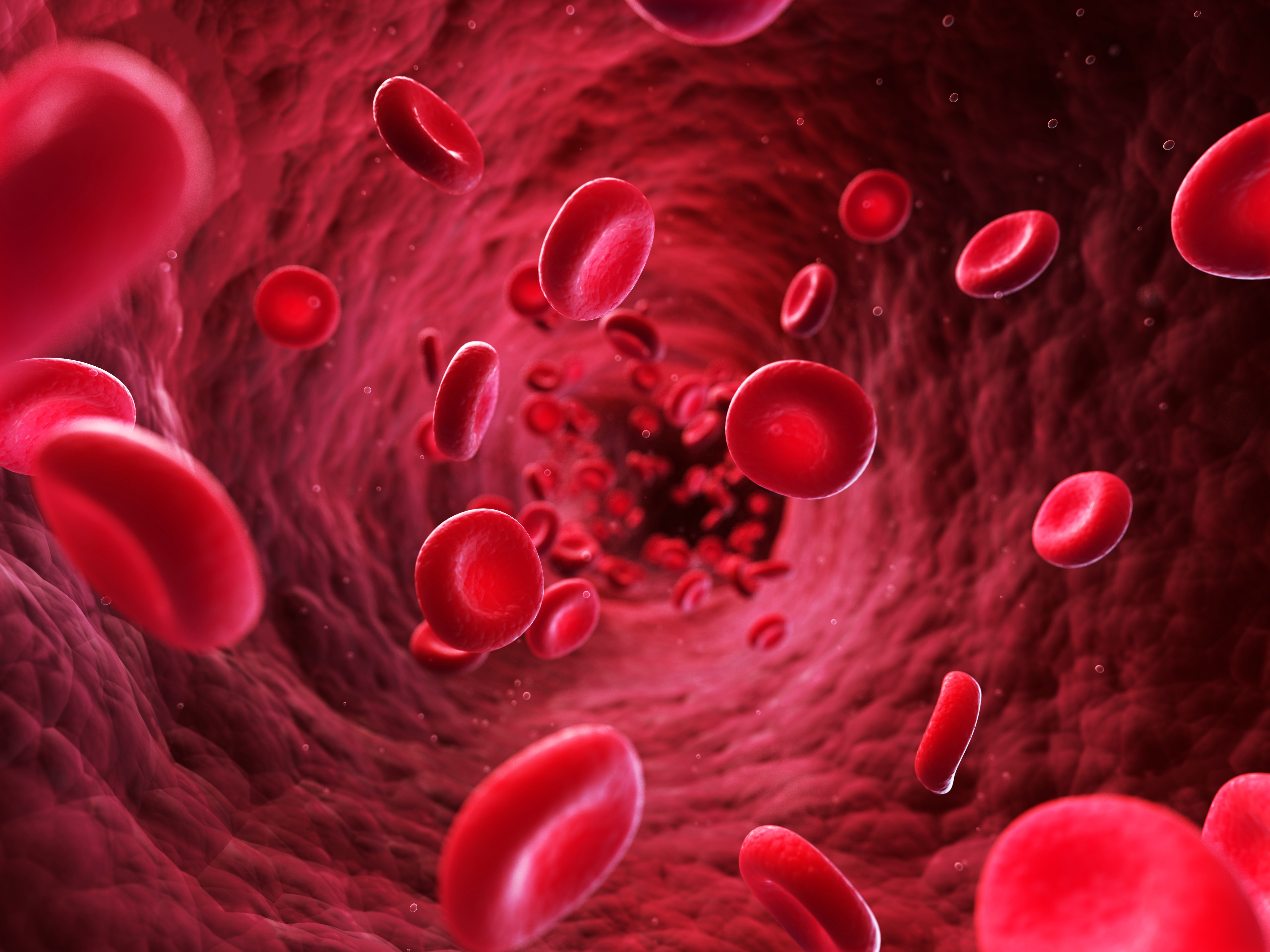Wall Shear Stress in Pulmonary Artery Seen as Reliable Measure of Vessel Health in PH Patients

Wall shear stress in the main pulmonary artery was found to be associated with worse hemodynamic parameters, as well as vessel stiffness and remodeling, in pulmonary hypertension patients. Findings in the study, published in the journal Pulmonary Circulation, suggest that measures of wall shear stress offer a new and non-invasive way to evaluate vessel health in people with the disease.
While scientists believe that pulmonary hypertension is caused by a remodeling of medium-sized (known as distal) lung arteries, changes in the larger vessels leading from the heart to the lung are also present in the disease. Increased amounts of smooth muscle and changes in the extracellular matrix — the mesh-like structure between cells — make vessels larger, with thicker walls and increased stiffness. Such stiffness might contribute to right ventricle heart disease, a major cause of death among pulmonary hypertension patients.
Researchers at the National Jewish Health in Colorado and the University of Colorado explored a new biomechanical measurement in the study, titled “Main pulmonary arterial wall shear stress correlates with invasive hemodynamics and stiffness in pulmonary hypertension.“ The team hypothesized that wall shear stress might serve as an indicator of forces triggering remodeling of the larger pulmonary arteries.
While preclinical studies have found a link between wall shear stress and remodeling of lung vessels, the clinical implications of reduced wall shear stress in patients with pulmonary hypertension have not been investigated. To do so, researchers used four-dimensional flow cardiac magnetic resonance imaging (4-D CMR) and right heart catheterization, which were performed on the same day to avoid variation in hemodynamics that could influence the results.
Investigating wall shear stress in 17 pulmonary hypertension patients and five controls, the researchers observed that the main pulmonary artery wall shear stress was lower in patients compared to controls. Moreover, lower shear stress correlated with worse hemodynamic measurements, including pulmonary resistance, mean pulmonary pressure, and elastance. Shear stress was also linked to markers of stiffness.
Although the study sample was small and heterogeneous with relatively little right heart involvement, investigators believe that 4-D CMR–based assessment of wall shear stress may represent a new and non-invasive technique to study the interaction between blood flow and the blood vessels in lung arteries of patients with pulmonary hypertension.







